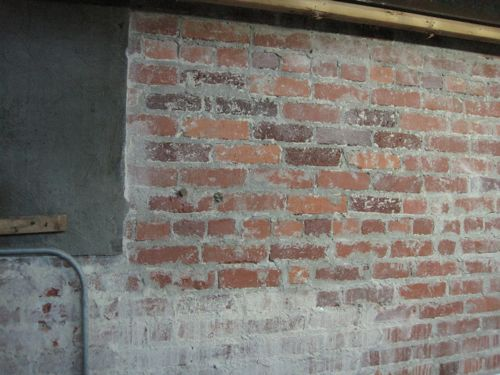PreparationPreparing Backgrounds
Some backgrounds need preparing in order to make sure there is good adhesion. In plastering, every step is important to have a great end result, including the preparation

A background is the surface that the first coat of plaster is being applied to. Some backgrounds need preparing in order to make sure there is a good fixing.
In plastering, every step is important to have a great end result, including the preparation. If the background is not prepared properly, the plaster will not stick very well and will make the end result a very low standard.
Two problems a plasterer may encounter when dealing with backgrounds are:
High suction backgrounds ( the material may shrink and crack due to loss of water)
Low suction background (materials can slide and move around.)
Older buildings need preparation before rendering to make sure there is a good bond between the render and the background where as newer buildings require very little preparation due to the blocks that are used.
In new buildings, plasterboard, expanded metal lathing, wood wool slab background do not need any preparation. With brickwork, plaster can be applied straight on top as long as it is clean, and has a good key for the plaster to stick to. Sometimes, if the brickwork is dirty, smooth or dry then a bonding adhesive might need to be applied before the plaster.
Pre-cast concrete will always need preparing such as cleaning, hacking, a coat of bonding adhesive etc. If the adhesion is very poor, which is rare, expanded metal lathing is fixed in the concrete with nails into plugs.
Composite backgrounds that have a lot of materials in it can cause cracking or poor adhesion. If you have concrete or timber lintels above windows and doors, they need to be treated otherwise they can cause some trouble.
One, two or three coat work is for plain interior plastering and should be decided depending on the background, fire protection, strength, surface finish etc.


